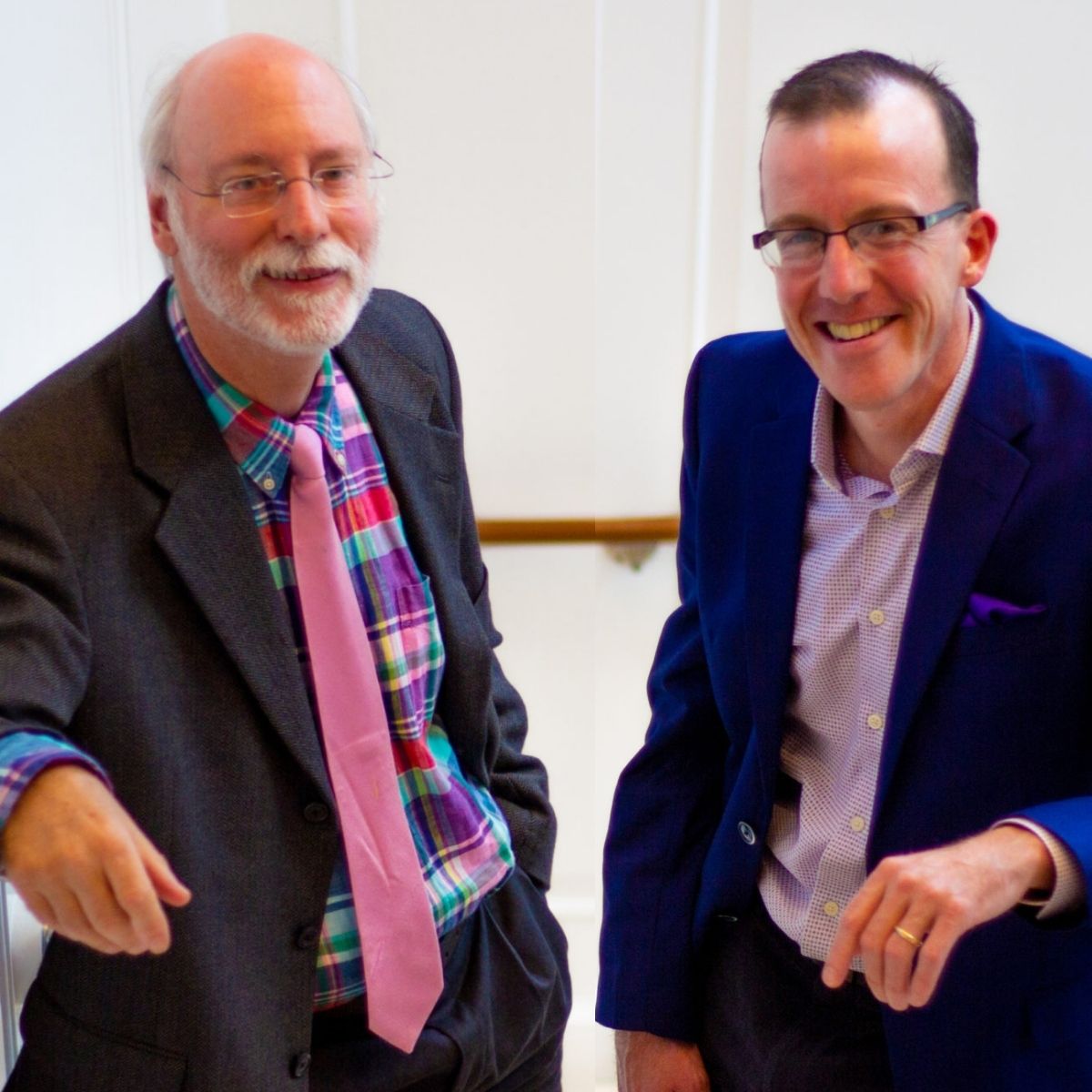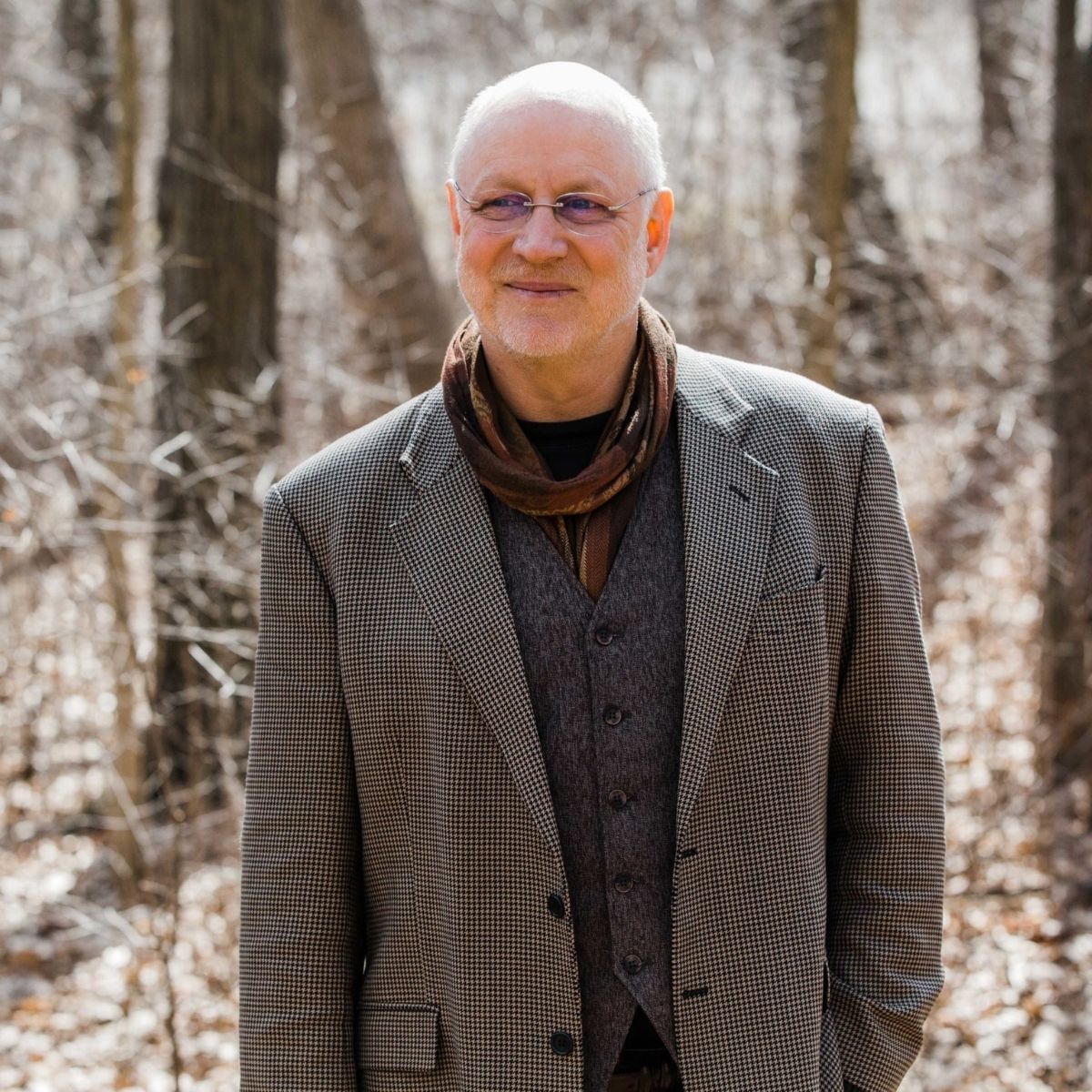
Disclosure: When I recommend a product that I believe will add value for you, it may contain an affiliate link. When you click the link to make a purchase, I may receive a small commission at no extra cost to you.
Are you ready to make some zero-waste changes in your kitchen or do you like killing polar bears? (And that is definitely not a false dichotomy.)
I jest, but the planet really does need our help. While I might not be able to write and pass environmental regulatory law or invent and replace single use plastic medical equipment in hospitals, I can make sustainable choices for myself, my family, and my home.
I can channel my anxiety for the future of this world that my children and grandchildren will inherit into working with nature instead of against it, one small step at a time.
And in the process, I’m also reducing our expenses, improving our health, and simplifying our lives.
One small step at a time for us looks like one swap a month and the kitchen has been a hot spot of impactful changes for us. Once a month, as something breaks, wears, or runs out, I replace it with a more earth-friendly option. That’s it. That’s the magic. And when you add up all those little swaps, the gravity of your impact really makes a difference.
1 Water
Let’s start with the most obvious one: plastic water bottles, which are choking out our planet. We used to buy a case of plastic water bottles (the case also wrapped in plastic, of course) every grocery store trip and we felt smug while doing it (like H2O elite).
Ugh, what an ignoramus! 38 million plastic bottles go to the landfill each year. While I can’t do anything about the plastic water bottles that I’ve already used (“When we know better, we do better”), I can make a different choice moving forward.
First, we investigated our water filtration options. Now, this may not sound very sexy or exciting, but in theory we’re buying bottled water because we believe our tap water to be of insufficient quality, right? So let’s dig into that.
We ended up deciding to replace our fridge (as it was dying) with one that had filtered ice and water in the door (and we replace the filters regularly). Some people put water filtration systems in the plumbing of their houses, others use a Berkey on the kitchen counter to strip out the fluoride.
Choose a source of drinking water for your family that addresses your concerns, speaks to your values, and doesn’t require disposable plastic bottles.
Second, get each member of the family 1 reusable water bottle. We have 5 of the same water bottle in different colors. We only use them for water. We fill them every morning. The system works, friends.
The final piece for us as a family who regularly eats out, is to simply forgo lids and straws in restaurants. That might seem like a small thing, but think about all the plastic waste that could be prevented if everyone did that!
2 Towels
We used to go through so many paper napkins and towels that even Costco couldn’t keep up with our demand (I’m exaggerating for dramatic effect).
Then we got a set of white tea towels (hand towels) from Target and got together with friends along a creek to tie dye them all. That was our gateway cloth into a sustainable kitchen. Seeing them hanging around makes me smile and they work perfectly for everything a paper towel used to do, from drying dishes to absorbing bacon grease.
Next we got a set of microfiber cleaning cloths. These soft work horses clean every surface in our house from screens to counters and are the mate to the cleaning spray you’re going to read about next.
Lastly, we bought a set of cloth napkins that are set on the table along with plates and glasses for every meal.
We keep a small handled trash can under the kitchen sink where we toss all of the used towels and wash them once a week on Sundays.

3 Cleaning
My under-sink cabinet used to be filled with expensive, chemical-laden plastic bottles of cleaning products. No more. With one amazon purchase I was able to eliminate a significant reoccurring expense, a hefty source of plastic tossed into our garbage, and a blanket of harmful chemicals from being laid over all of the surfaces my children touch.
We bought a 2-pack of glass spray bottles and filled them with half white vinegar, half distilled water, and 20 drops of citrus essential oils. Then we promptly realized that we go through them too quickly to necessitate using distilled water (our regular filtered water is fine) and we don’t need to add the EOs. We run a diffuser regularly and that’s enough.
The cleaning spray worked so well that I did the same thing with our hand soap. Rather than buying plastic bottles of chemical-filled hand soaps on the regular, I ordered foaming soap dispenser lids and lavender Castile soap, which I put together with water and mason jars (one third soap to two thirds water) to meet all of our hand cleaning needs! It really can be that simple friends.
4 Bags
As many cities are now banning plastic shopping bags, pretty much everyone is hip to the reusable shopping bag. We bought a set for each car trunk from Costco nearly a decade ago and they’re still going strong.
But have you also considered reusable produce and bulk bin bags? We keep some inside our shopping bag stash in the trunk of each car and they work perfectly to replace those rolls of thin plastic in the produce and bulk section of the grocery store.
Ziplock bags are the final frontier in our sustainable kitchen storage mission. Everyone I’ve asked recommends Stashers, so that is on our list as our next zero waste swap.
5 Jars
I have a love affair with decanting. Like, if I could host decanting parties where I invite my friends over and we just pour noisy bags of food and ingredients into clear glass jars, I would. That’s my idea of a good time. And if we’re adding labels to those jars . . . oh damn. That’s hot. That’s why I have only open shelving for uppers in my kitchen. Well, for glass jars and plants.
Wide mouth mason jars are what we use for everything from drinking glasses to vitamins. Then we have larger gallon sized glass jars for bulk bought ingredients like flour and sugar. We refill these jars with reusable bags from bulk bin stores or from Costco where we are reducing the packaging with a higher quantity.
And in using those mason jars for glasses, we stopped buying disposable cups . . . and plates. We follow the Noah’s ark guideline for dishes: 2 per person. So we have 10 glasses and 10 plates and that is enough—just right for our family.
I will get crushed if I try to carry the weight of the dying world. So I don’t. Instead I focus on what is within my control: my home, my behaviors, my choices. Once each month I can make a simple swap to reduce my family’s waste. And in so doing, I’m almost always also reducing our long-term expenses and improving our health. That’s a win-win-win.



+ Comments
Join the discussion →
0